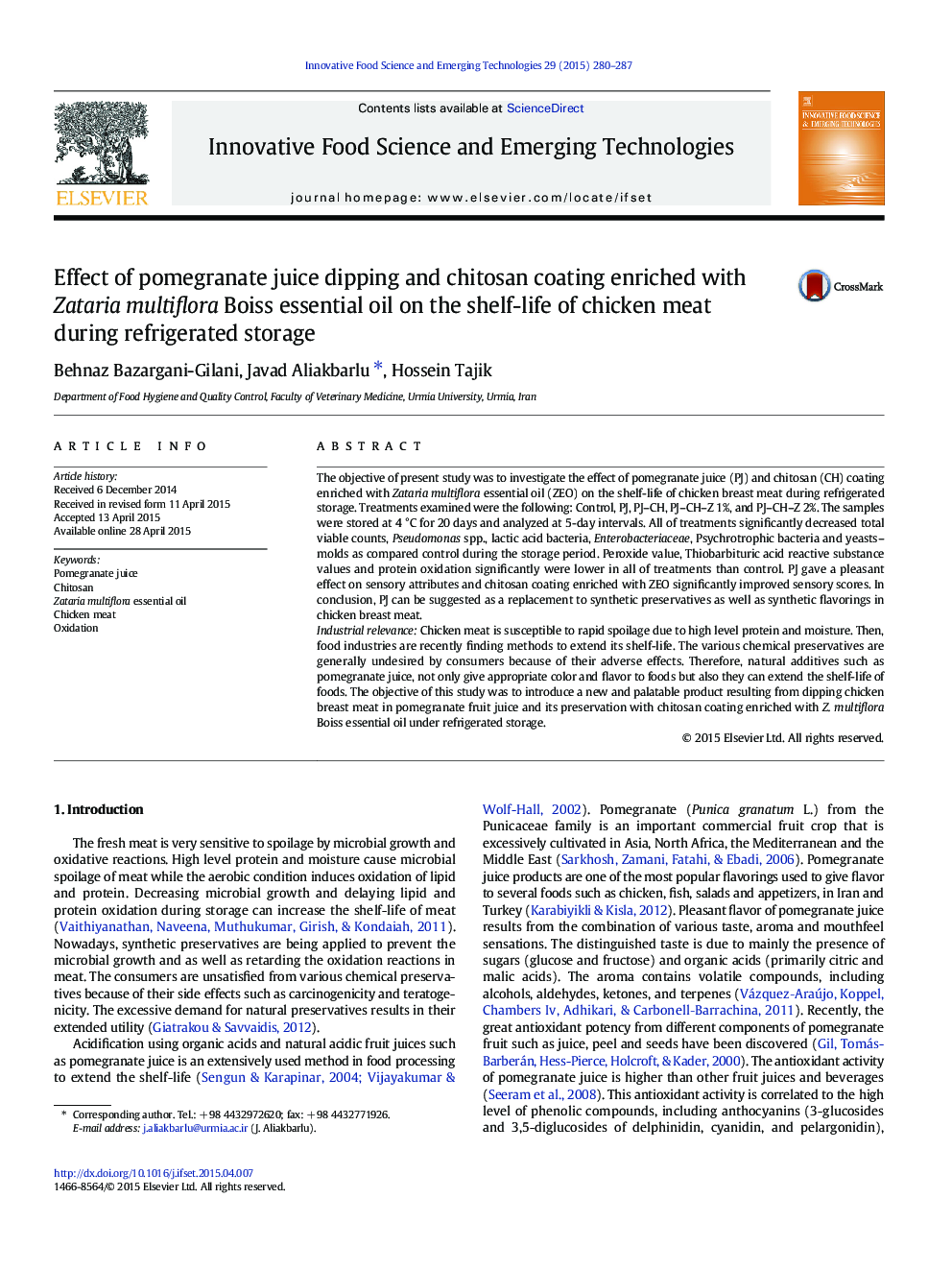| Article ID | Journal | Published Year | Pages | File Type |
|---|---|---|---|---|
| 7734420 | Journal of Power Sources | 2015 | 8 Pages |
Abstract
A liquid tin anode solid oxide fuel cell is constructed and investigated under different operating conditions. Electrochemical Impedance Spectroscopy (EIS) is used to reflect the effect of fuel feed as the EIS spectra changes significantly on switching the fuel from argon to hydrogen. A cathode symmetric cell is used to separate the impedance from the two electrodes, and the results indicate that a major contribution to the charge-transfer and mass-transfer impedance arises from the anode. The OCP of 0.841 V for the cell operating under argon as a metal-air battery indicates the formation of a SnO2 layer at the electrolyte/anode interface. The increase in the OCP to 1.1 V for the hydrogen fueled cell shows that H2 reduces the SnO2 film effectively. The effective diffusion coefficients are calculated using the Warburg element in the equivalent circuit model for the experimental EIS data, and the values of 1.9 10â3 cm2 sâ1 at 700 °C, 2.3 10â3 cm2 sâ1 at 800 °C and 3.5 10â3 cm2 sâ1 at 900 °C indicate the system was influenced by diffusion of hydrogen in the system. Further, the performance degradation over time is attributed to the irreversible conversion of Sn to SnO2 resulting from galvanic polarization.
Keywords
Related Topics
Physical Sciences and Engineering
Chemistry
Electrochemistry
Authors
Sanchit Khurana, Mark LaBarbera, Mark V. Fedkin, Serguei N. Lvov, Harry Abernathy, Kirk Gerdes,
